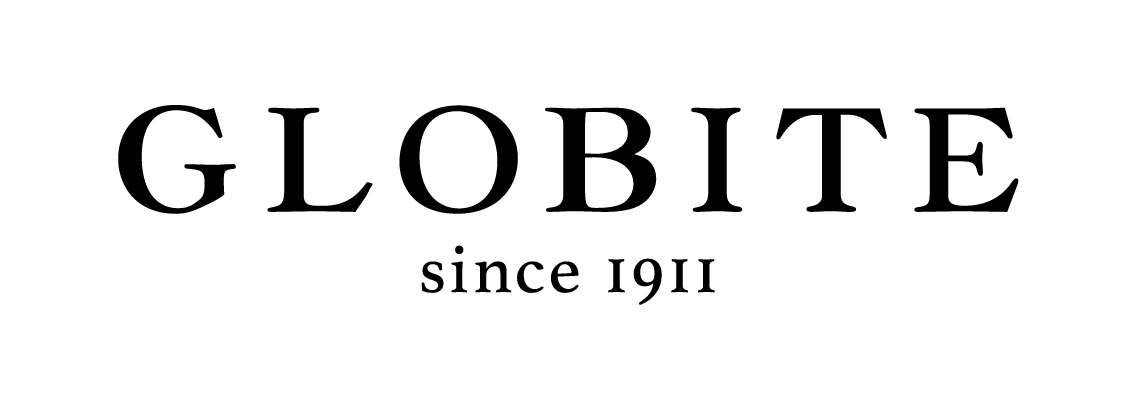When it comes to international travel, understanding liquid rules is crucial for a smooth airport experience. Navigating security checkpoints can be stressful, especially if you’re unsure about what can and cannot be brought in your carry-on.
For travellers departing from Australia and heading overseas, it’s important to be aware of how different regions enforce their own liquid restrictions.
One of the most well-known sets of guidelines is the TSA’s 3-1-1 rule, which applies to anyone traveling to or transiting through the United States.
These rules can differ significantly from Australia’s own requirements, and not being prepared may lead to delays or even the loss of your favorite items.
Knowing the current regulations will help ensure you pass through security checkpoints without a hitch and can enjoy a stress-free journey.
What Are the TSA Liquid Rules?
The TSA's 3-1-1 rule is a well-established set of guidelines designed to regulate the amount of liquids, aerosols, gels, creams, and pastes that travelers can carry in their carry-on luggage when flying.
For Australians heading to the United States or connecting through a U.S. airport, understanding these rules and converting measurements is crucial to ensure a smooth security screening experience.
What the 3-1-1 rule means
3.4 Ounces (100 Milliliters) or Less Per Container
The TSA limits liquid items to 3.4 ounces (oz) per container, which is approximately 100 milliliters (ml). Australians should ensure that any liquid products they wish to carry onboard fit within this limit.
Whether it's a bottle of sunscreen or a small container of shampoo, the contents must not exceed 100 ml. If you're accustomed to metric measurements, remember that 100mls is the maximum allowed for each item.
1 Quart-Sized, Clear, Resealable Bag
All containers must fit within a clear, resealable plastic bag no larger than one quart (approximately 0.946 liters). For Australians, this is equivalent to a 1-liter bag, a common size for toiletry bags sold at airports and travel stores.
Each item should be easy to see and accessible during security checks. Make sure the bag can be securely sealed once all your liquids are inside.
1 Bag Per Passenger
Each passenger is allowed to carry one quart-sized bag of liquids in their carry-on. This rule applies whether you are flying directly to the United States or connecting through a U.S. airport.
Having your items organised in this way helps speed up the screening process, allowing security personnel to quickly inspect your liquids.
3 = 3.4 ounce limit per container
1 = one, single 1 liter clear plastic bag to hold liquids in
1 = one bag per passenger
What Does The TSA Consider a Liquid?
The TSA defines liquids broadly, which means it’s not just about water or beverages. Many everyday items are considered "liquids" under these rules, including:
- Gels: hair gel, shower gel, and sanitizing gels.
- Creams and Lotions: moisturizers, sunscreen, and liquid makeup.
- Aerosols: hair spray, deodorant sprays, and dry shampoo.
- Toothpaste: paste-based items, including medicinal ointments and creams.
- Food Items: peanut butter, honey, yogurt, and other spreadable or pourable foods.
If you can squeeze, spray, spread, or pour it, the TSA will likely treat it as a liquid. For Australians, this means common travel essentials like Vegemite, liquid medications, and even some food items must follow these guidelines when packed in your carry-on. If you want to take some Australian favourites overseas in bigger quantities, it's usually best to pack these in your larger checked suitcases.
Key Tip for Australians Travelling
Make sure to double-check the size of all your containers before you pack. If any of your items exceed 100 ml, they must be packed in checked luggage.
Additionally, if you're unsure about the rules or specific items, consider using TSA's "What Can I Bring?" online tool or the equivalent Australian security resources before you head to the airport.
Understanding these measurements and guidelines can help prevent any surprises at the airport and ensure you pass through TSA security without delays.
Exceptions to the TSA Liquid Rules
While the TSA’s 3-1-1 rule is strict, certain items are exempt and can be carried in larger quantities. Here’s a quick overview for travellers, especially those flying from Australia:
Medically Necessary Liquids
Travellers can bring liquid medications, contact lens solutions, and other necessary treatments over 3.4 ounces (100 ml). Keep these items in original packaging, clearly labeled, and declare them to TSA officers at the start of screening. If you prefer not to have them X-rayed, request alternative screening methods.
Baby and Childcare Products
Larger quantities of formula, breast milk, and baby food are allowed. Ice or gel packs used to keep these items cool, even if partially melted, can also be carried. Declare these items during screening to ensure a smooth process.
Duty-Free Liquids
Liquids bought at duty-free shops can exceed 3.4 ounces if kept in sealed, tamper-evident bags with the original receipt. This packaging ensures they can be brought on connecting flights. If travelling through multiple countries, check airport guidelines to avoid issues.
These exemptions are intended to accommodate essential needs. Make sure to declare all such items at the checkpoint to avoid delays.

